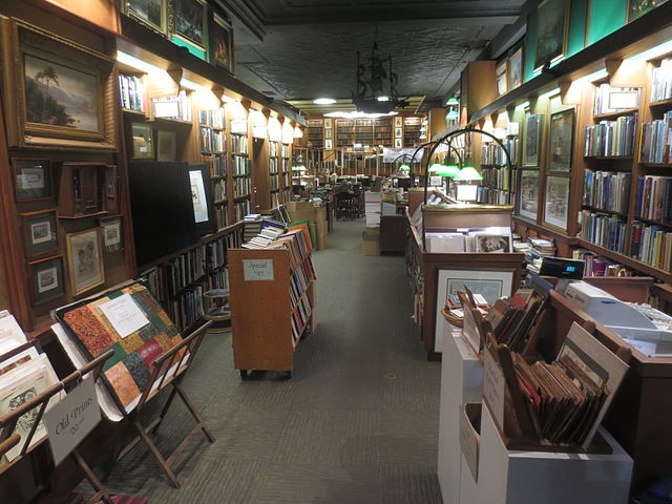Why public libraries need to be revived

Something the British novelist and critic Zadie Smith said about public libraries hit me hard: “Why do we love libraries? Well-run libraries are filled with people because what a good library offers cannot be easily found elsewhere: an indoor public space in which you do not have to buy anything in order to stay.”
Ah, but this lovely scenario is more valid if we are talking about public libraries in the West, or at least if we exclude those in our country. In fact, to most of us the word ‘library’ only evokes circulating libraries where you pay a membership deposit, and a reading fee for each book borrowed. In the US, you can borrow as many books as you wish for free from your local public library. The only money you fork out is for the bus or subway ticket for the ride to get there.
Like most Indians, I was first exposed to a library in school. I had the opportunity to also access my father’s railway club library, which meant borrowing one book and reading the magazines (which we were not allowed to take home). When I was growing up, most families bought only textbooks for their children — that is, if they couldn’t get second hand ones from their school seniors. Children would haunt libraries mainly to unearth material for class “projects”.
Across the world, budgets for public libraries have been dwindling and the newer generation prefers their digital devices to physical books. But the great libraries of the world remain extraordinary environments for scholarship and enlightenment. The Library of Congress in Washington DC is the largest library in the world with over 160 million books. The National Library in Kolkata is the largest in India with over 2 million books. Two impressive coffee-table books, The Library and The Most Beautiful Libraries in the World, are not merely about book collections but also about the buildings that house them. “When a library is open, no matter its size or shape,” Bill Moyers wrote in his foreword to The Public Library: A Photographic Essay, “democracy is open too”.
India has over 70,000 public libraries funded by taxes from local administrative bodies but not every state has a library-legislation in place and only five have levied a library cess on its denizens. Very few states have a dedicated Department of Libraries; most libraries are run by education or arts and culture departments. You don’t have to look too hard to discover ill-equipped and poorly-stocked libraries; untrained and underpaid librarians; and books borrowed but not returned, or worse, vandalised.
An older friend, an avid reader who frequents the beautiful State Central Library in Cubbon Park, Bengaluru, was astonished to discover a remarkable inventory of books — not only by European and US authors but also Japanese, Australian, South American and Asian authors! How many school children and collegians know of the treasures that lie within these walls?
I for one feel that libraries should not just be places for people to borrow and read, but to spend their study time, to soak in the ambience, to play, do art, and meet friends. The real benefit of a library is for the less privileged, and above all, for children.
There are 2.6 million functioning libraries in the world, of which 4,04,000 of them are public libraries. In The Library: A Fragile History by Andrew Pettegree and Arthur der Weduwen, the authors state, “A repeating cycle of creation and dispersal, decay and reconstruction, turns out to be the historical norm. And that while growth and decline are part of the cycle, so too is the recovery.”

